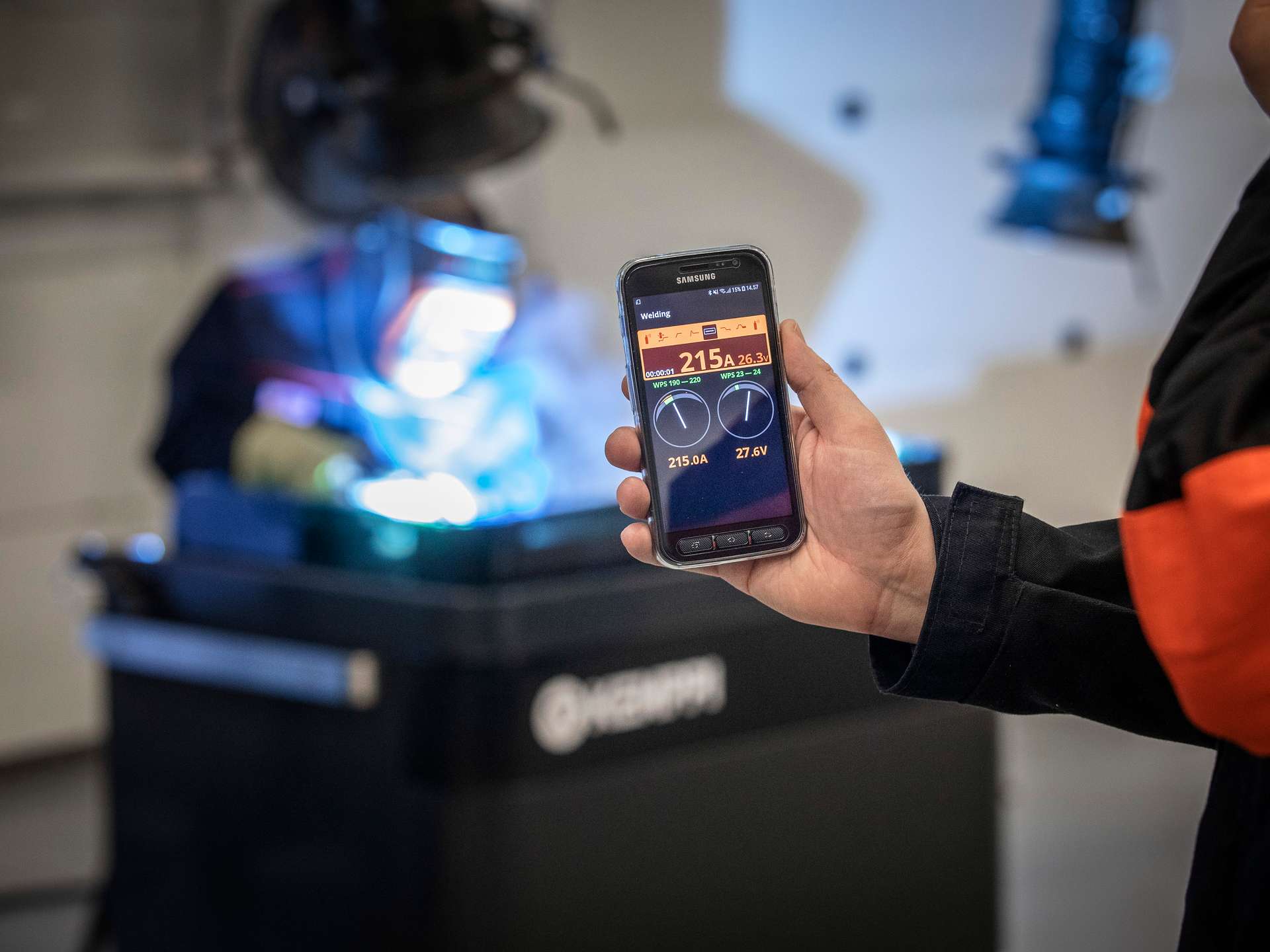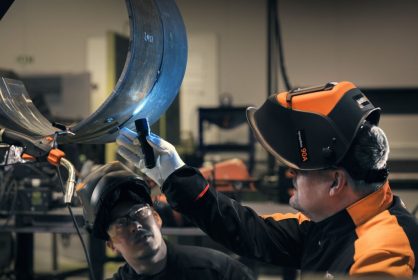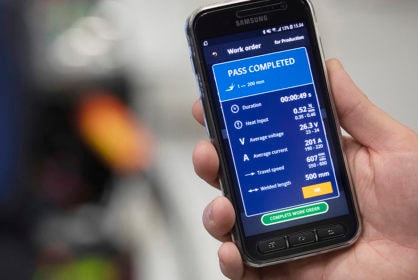
Innovación
Industry 4.0 in welding – myth or reality?
9 de octubre de 2022
Industry 4.0 refers to the Fourth Industrial Revolution. What does it mean, and how does it fit into the conservative world of welding? Can the intelligence of a welding machine truly bring additional value to an organization and benefit welders as well?
Vesa Tiilikka
Let’s start with a few definitions of Industry 4.0:
“Synonymous with smart manufacturing, Industry 4.0 is the realization of the digital transformation of the field, delivering real-time decision making, enhanced productivity, flexibility and agility.” — IBM
”The Fourth Industrial Revolution, 4IR, or Industry 4.0, conceptualizes rapid change to technology, industries, and societal patterns and processes in the 21st century due to increasing interconnectivity and smart automation.” — Wikipedia
Industries are indeed changing rapidly, and in some countries faster than others. There are many definitions, but it seems clear that Industry 4.0 as a concept has grown together with digitalization and the increasing need for automatization. Automatization, as such, is a demand of our fast-moving society and the requirement to work faster while achieving more in less time.
Depending on the definition, Industry 4.0 can be relevant to the welding industry as well. Driven by the increasing demand for efficiency, traceability and longer arc-on time, automatization and digital connectivity have become part of the everyday work of a welder.
However, in the welding world, even the most advanced manual welding machines do not yet make independent decisions, but connecting them or linking them to other systems is already common. For instance, when operational MES or ERP (Enterprise Resource Planning) and HR systems are connected to a welding management system, data flows smoothly from advanced welding machines into these systems – data collection is becoming increasingly important.

Digital work order.
Handy features offer assistance and ease of use to enhance the welding experience
Welding machines offer intelligence in the shape of assistance. Features such as Kemppi’s Weld Assist automatically adjust the welding parameters based on the task and material at hand, which makes the welding process more reliable and easier for the welder. This assistance also serves as an additional confidence boost for a less experienced welder and may enable tasks that otherwise could not be completed by him or her.
When using digital work orders, the data flow goes from the ERP to the WeldEye App on a welder's mobile phone, or with the X8 MIG Welder, it goes to the control panel of the welding machine. The data is assigned directly to the task in progress, the parameters are followed, and furthermore, with the digital WPS, the machine adjusts itself accordingly.
The future also opens possibilities for video assistance or brief instructional videos that are submitted through the welding machine’s control panel. This is one way to train the welder and help ensure optimized welding even with the most demanding tasks.
Welders can use the WeldEye mobile application for browsing welding procedure specifications on the go.
Insight and valuable data can help optimize overall production
Another thing to consider is managing and monitoring a welding machine remotely. Cloud-based services for managing welding production, such as WeldEye, create value through insight and control on WPS-compliant welding quality, welding procedures, welder qualifications, documentation, reporting and administration.
It reduces overhead costs by simplifying the documentation process and by reducing the repair rate. As a cloud service, it provides a simple way to manage a company’s welding production from anywhere in the world, regardless of the location. Furthermore, WeldEye offers 100% traceability for any weld made.
It's the big picture that counts. WeldEye provides valuable insight during the welding production, from prefabrication and welding itself to the inspection and surface treatment. When the data flows seamlessly between different systems, WeldEye offers detailed real-time data and traceability to support the ERP and complement the overall production status. WeldEye is one part of an operational management system that creates value through reliable insight.
Welding quality control. Management of WPS documents and qualification certificates. Monitoring of arc-on time. Traceability of individual welds. You name it, WeldEye does it.
Digitization and automization shape the future of development
Traditionally known as craft work, welding still requires human expertise, professionalism, and insight. However, the welding industry is moving forward and developing alongside Industry 4.0. It has taken big leaps towards automatization and a more digital approach. One thing is for sure, these leaps enable significant advances in welding productivity and welding management.
And what about the future? What does it hold for the welding industry? The only thing we know for sure is that technologies will continue to advance. Innovation has not yet peaked as digitalization continues to increase. Who knows, maybe one day a welder will just give commands remotely to the machine and the job is done without supervision or human touch?

Vesa Tiilikka
Vesa Tiilikka
Product Manager, Software at Kemppi Oy.







